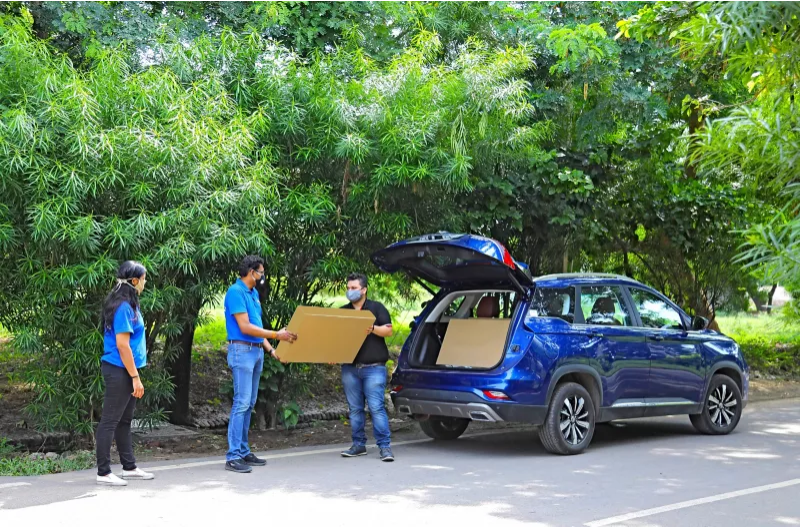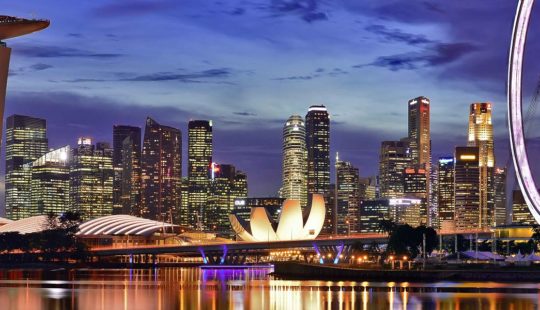When iconic carmaker MG entered the Indian market five years ago, they knew they would have to work hard to carve out a distinct value proposition among a traffic jam of entrenched competitors. They were certain they had the right vehicles to suit the tastes and needs of discerning Indian drivers, but they also knew they needed to offer something more than just another purchasing option.
India is the world’s third largest car market, with the Times of India and the Society of Indian Automotive Manufacturers reporting sales of 4.25 million vehicles in 2022. The market is dominated by a small number of competitors, with Maruti Suzuki, Hyundai Motor Company, Tata Motors, and Mahindra & Mahindra accounting for 80 per cent all sales, but with up to 30 more also competing for a share.
To build their position in the Indian market, the owners of MG looked beyond just selling individual vehicles in favour of forging relationships that would endure for a driver’s motoring lifetime. They set about creating an experience that extended far beyond what someone felt when sitting behind the wheel.

Source: MG Motor
One of the people tasked with bringing that vision to life was Manish Patel, CIO of MG Motor India Pvt. Ltd, and a 25-year veteran of the automotive industry.
Patel was part of the leadership team that defined and implemented the principles that would guide MG’s entry into the Indian market: innovation, community, experience, and diversity.
“My primary responsibility revolved around innovation and experience,” Patel says. “Innovation from a technology and product perspective, and experience from a customer perspective.”
Given the digital maturity of Indian car buyers, technology would be critical to managing and delivering the overall MG experience, with Patel and his team playing a vital role in bringing that experience to life.
Patel says the MG experience starts when prospective buyers first learn about the brand and visit its website, which MG calls its experience cloud, and carries on through the nurturing and sales process. However, Patel says it is after the sale when many of the differences in MG’s experience strategy are most visible.
“We wanted to carry forward their journey and not just forget them once we sold the vehicle, so they have a full life cycle of experience,” Patel says. “This means that when they are ready for their next vehicle, they don’t think of anyone else other than MG. This also helps us propagate a good word-of-mouth for the brand by completing this 360-degree cycle for the customer.”
One of the most prominent displays of MG’s digital experience strategy can be seen in its servicing engagements, which are entirely managed through digital channels.
“Everything is digitally driven, so right from the time the customer is expected to walk into the service centre, everything is already prepared for their visit, and everything is explained,” Patel says.

Source: MG Motor
With technology playing such a critical role, Patel knew he needed a partner that was both capable and trustworthy. Over his decades working in the automotive sector, Patel had extensive experience with SAP, and its reputation for innovation and reliability made it the logical choice on which to build MG’s strategy.
Patel says SAP plays multiple roles for MG today, including supplying the enterprise resource planning system that underpins the company’s manufacturing and financial processes, along with the database that is the foundation for MG’s sales, aftersales, and warranty management processes. Another critical component is the customer relationship management (CRM) platform that supports the customer lifecycle, while the application used for managing servicing engagements has been developed using the SAP Fiori business application toolset.
Patel says the SAP-based CRM system facilitates the collection and management of customer data in accordance with Indian data privacy requirements. MG is using the SAP HANA Cloud data lake to slice and dice customer data to uncover new insights. such as how a customer’s specific life stage might impact their wants and needs as car owners.
“From the moment the customer lands on our experience cloud and begins investigating the product, we collect data, with the customer’s consent and in line with local regulations and privacy laws, that help us profile that customer in terms of family, lifestyle, or income, or things like that,” Patel says.
“Typically in India, the lifecycle of vehicle ownership has reduced from ten years to three or five years, so a person is looking for a change in vehicle in five years or less. Having studied that cycle, we have a very clear idea of when the customer would be next opting to spend money.”
Getting to know customers so closely has enabled MG to understand other ways that Indian car buyers’ behaviours have changed.

Source: MG Motor
“Now buyers do a lot of research before they approach a brand or request a test drive,” Patel says. “So we provide a lot of tools to our dealer salespeople in terms of comparisons with our competitors, such as the size of the vehicle, the mileage, safety features, infotainment, and so on.”
This advanced data capability also means MG has a strong understanding of the residual value of the vehicles it sells. This allows it to offer an upfront buy-back price to new buyers should they elect to purchase an MG as their next vehicle.
Patel says there is no part of the SAP portfolio that is not being used to support the management, sales, and aftersales processes at MG today, and he looks forward to using SAP’s innovative data capabilities in ways that will bring MG even closer to its customers in the future, such as by using AI to extract additional insights.
“We truly believe that AI would help us, not just from an experience perspective, but also from a product perspective,” Patel says. “That is still a little way away, but we have a roadmap where we will start with sales and marketing for existing and potential customers.
“That is the beauty of SAP. We started from ground zero, so we have no legacy baggage, and everything was planned perfectly. Having known and worked with SAP for 25 years I never had any doubt.”



